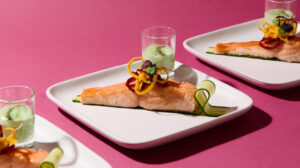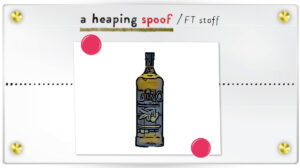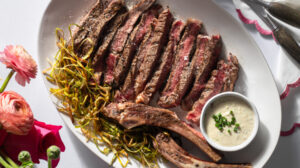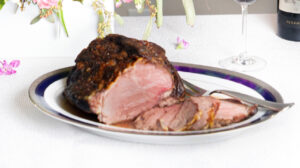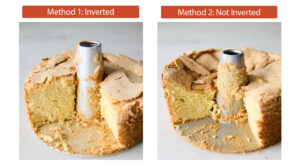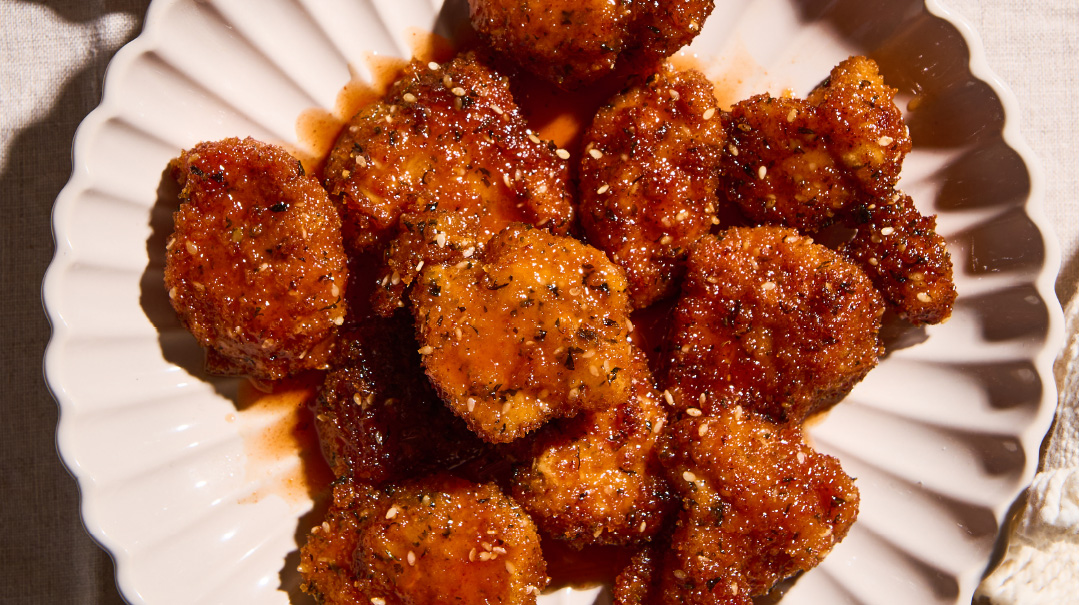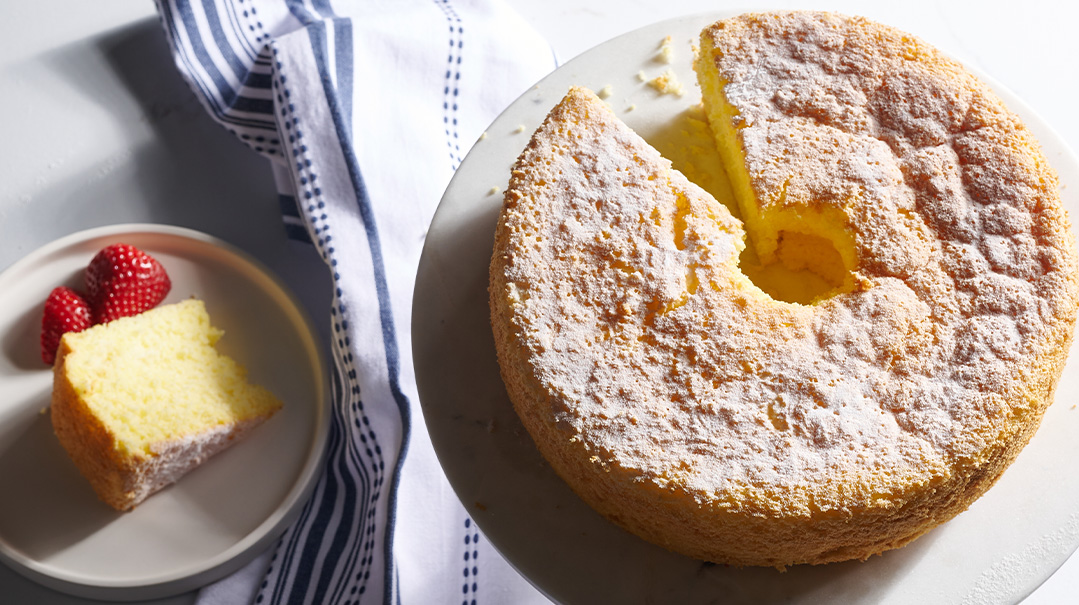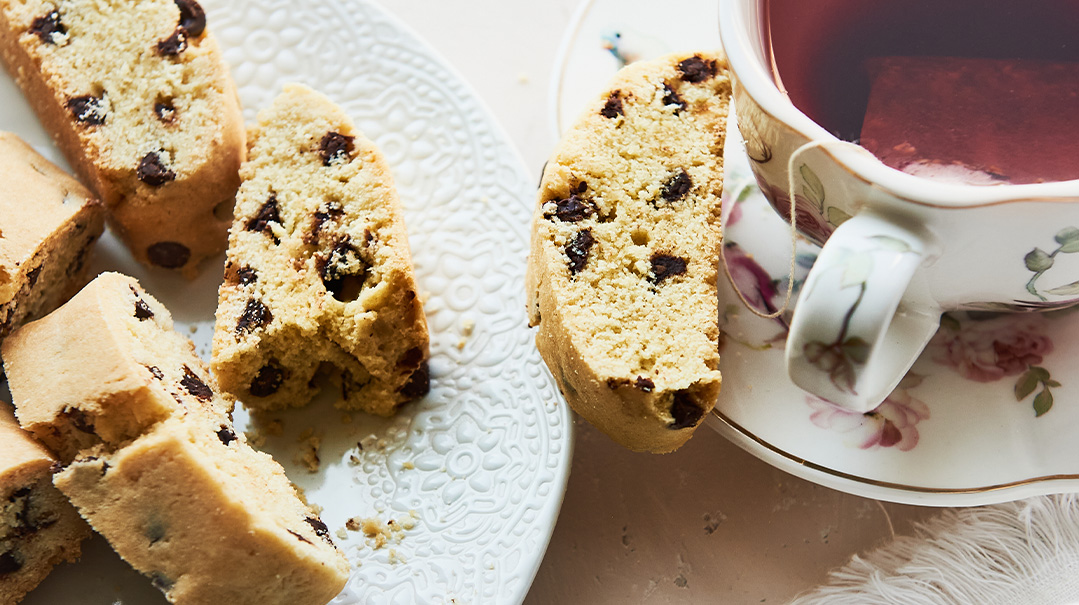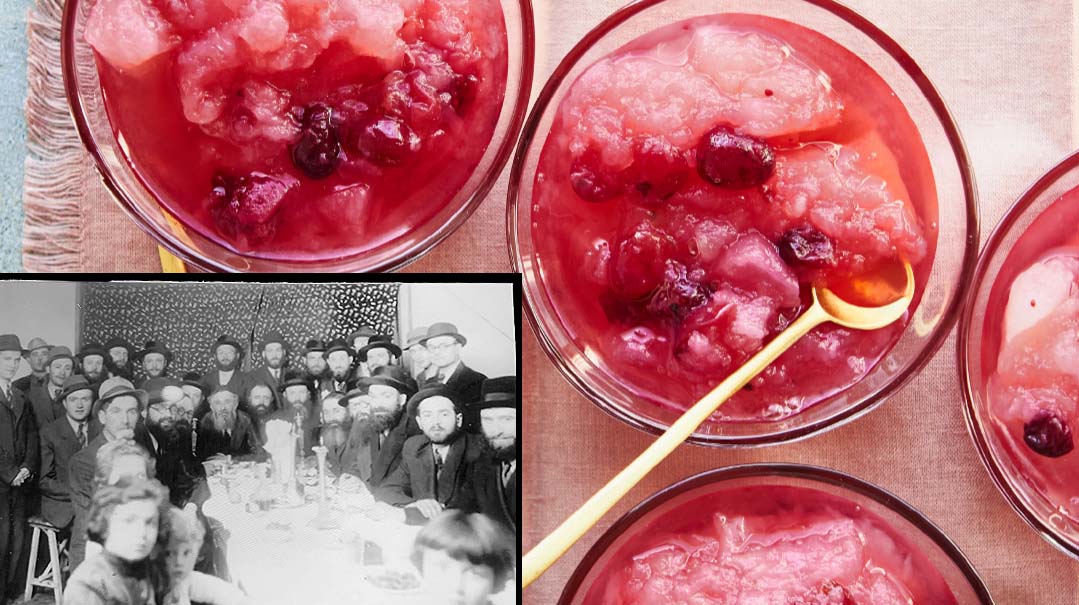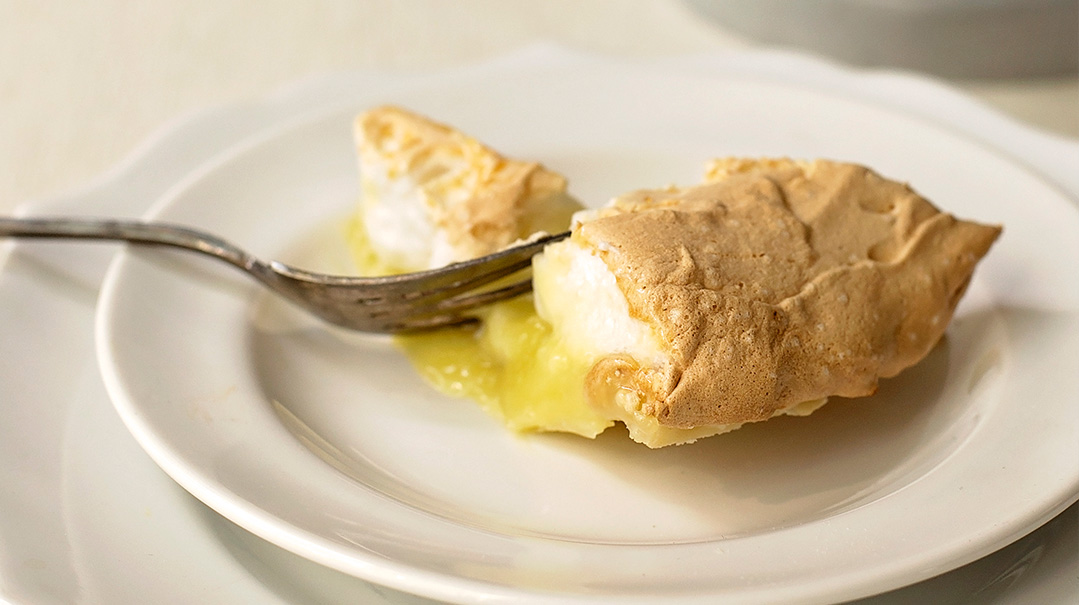From Frozen Siberia to the Warmth of Bobov
| July 6, 2021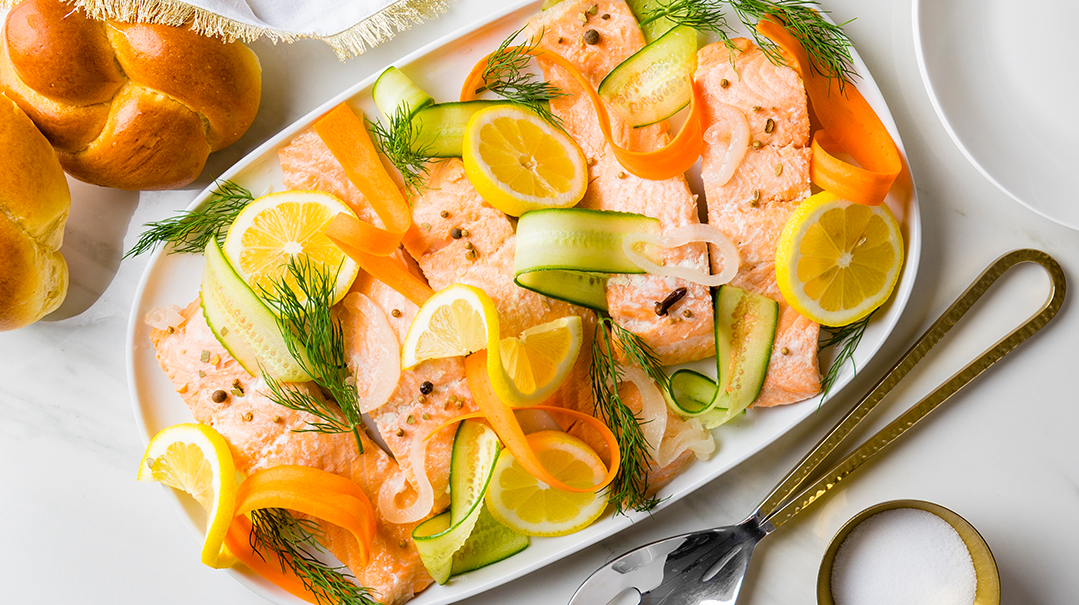
Rebbetzin Frieda Halberstam (née Rubin) was born and raised in Poland, and spent five bitter cold and difficult years in Siberia during World War II. Even in Siberia, she did everything she could to avoid working on Shabbos.
Frieda lost her father and some of her siblings in the war. After the war, she and her mother traveled to Paris to search for surviving family members. From there, she made her way to New York, where she attended Rebbetzin Kaplan’s Bais Yaakov seminary.
In 1948, she married Rav Shlomo Halberstam, zt”l, who had lost his first wife and two of his three children in the war. Overnight, her life changed completely — she became rebbetzin to a community of survivors who rose above the Gehinnom they had been through, and for the most part were just happy to be alive. The Rebbetzin would say, “Whatever I went through, it should be so that my children and grandchildren shouldn’t have to suffer.”
When the Halberstam children were younger, they weren’t good eaters, and sometimes Rebbetzin Halberstam was so upset that they didn’t want to eat that she would cry about it. “We were typical kids,” says her daughter Rebbetzin Sara Meisels, wife of Rabbi Yaakov Yisroel Meisels of Kiryat Bobov in Bat Yam. “We would come home from school, open the fridge, and say, ‘Uch, there’s nothing to eat.’ And my mother, who was always so positive, would say, ‘Don’t say that.’ She had experienced five years of true hunger in Siberia, and wanted us to appreciate the food we had.”
Cooked with Love, Joy, and Bakashos
In a scene familiar in many homes, the Rebbetzin’s kitchen would get hectic on Erev Shabbos, with pots boiling over and mounds of food everywhere, but all of the preparation was done with love. One Erev Shabbos, the Rebbetzin was transferring cooked fish to a pot when the whole pan slipped and fell, and the fish was ruined. She immediately shrugged it off and said, “It’s min haShamayim, and since it’s a mitzvah to prepare fish for Shabbos, I’ll start again!”
“My mother was full of joy, and she would sing while she prepared the food,” says Rebbetzin Meisels. “She also loved when my sisters and me sang together.”
The Rebbetzin instilled a deep love for Shabbos in her children. She considered Shabbos the greatest gift. “My mother never said, ‘Oy, I need to cook again.’ That joy and love filtered down to us.”
Rebbetzin Halberstam taught by example that cooking for Shabbos is a tremendous eis ratzon, a lofty time with an opportunity to daven and request all different types of yeshuos.
“When you say a short tefillah as you prepare the cholent, it brings holiness to the food, and whoever eats and enjoys the cholent gains that kedushah,” says Rebbetzin Meisels. Sometimes bochurim who eat Shabbos meals at her home will ask their mothers to get a specific recipe from Rebbetzin Meisels, but she tells them that it’s not the recipe, it’s the tefillos that make the food taste extraordinary.
Her mother’s attitude to cooking has filtered down to the next generation as well. Rebbetzin Meisels shares how her eight-year-old son once went to a friend for Shabbos, arriving at his host’s home early in the day on Friday. On Motzaei Shabbos, he came home and told his mother, “That mommy didn’t know how to cook for Shabbos.”
Rebbetzin Meisels asked him, “The food wasn’t good?”
He said, “The food tasted fine. But she didn’t daven when she made the cholent and the fish. She doesn’t know how to cook for Shabbos!”
Holy Shabbos
Whenever Rebbetzin Halberstam or her children got something new or special, it was saved for Shabbos. “On Shabbos itself, my mother and my father had a different aura about them,” explains Rebbetzin Meisels. “The love, the beauty, the purity…”
When Rebbetzin Halberstam lit the Shabbos candles, she was dressed in her Shabbos finery. “It’s a huge zechus to be dressed in fine clothing,” says Rebbetzin Meisels, “rather than running to light candles straight from the shower in a housecoat and slippers.”
Rebbetzin Meisels notes that there are women who wear their sheitel and elegant clothing to work all week, and on Shabbos, they relax and dress more casually. “That’s doing things backwards,” she points out, “especially at the Shabbos table. The kavod of Shabbos is so much greater than the workplace or social events.”
Rebbetzin Halberstam would go with her daughters to the Bobover shul on Shabbos morning while many of their friends slept late. She would always tell them how beautiful it was to go to shul on Shabbos, reminding them that the whole world was created for Shabbos, and that everything a person does on Shabbos is special — the davening, the learning, even the food that was eaten. All the best treats, nosh, and toys were saved for Shabbos.
Million-Dollar Morsels
The Halberstam Shabbos meal always included three kinds of fish — gefilte fish, whitefish, and sweet-and-sour salmon. The sweet-and-sour fish was a minhag started by the Tzanzer Rav (the Rebbe and Rebbetzin’s great-grandfather), who used to preserve fish in vinegar and sugar to keep it fresh until he could next obtain fresh fish. Even once he lived in a city where fresh fish was readily available, the Tzanzer Rav continued to prepare the fish in this manner to remember when times were harder.
Also on the Shabbos menu was chicken soup with lukshen and knaidlach, chicken or meat, a kugel, and dessert. Sometimes other foods were added, but these traditional foods were always served because each one carried its own significance (see sidebar).
“When a child was sick or didn’t want to eat, my father would tell them, ‘Just taste a little spoonful of the Shabbos food,’” says Rebbetzin Meisels. “If they didn’t like fish, he would wrap it up in a piece of challah and tell us to take a little bite, saying that it was more than just food. Then he would tell us, ‘Do you know what a great thing you did now? You took a mundane food and elevated it!’ And we felt like a million dollars.”
The Rebbe used to tell his daughters stories on Shabbos, and one that stands out for Rebbetzin Meisels was about Avraham ben Avraham, a ger tzedek who was burned at the stake. When Avraham ben Avraham was a young boy, he witnessed a Jewish man who had been beaten for not paying rent. He followed the man home, and saw that even though the man was in great physical pain, he dressed in his Shabbos finery and sat with his family at the Shabbos table with a shining, joyous face. Peering in the window, this future ger tzedek made the decision to leave his royal family and join the Jewish People.
“We don’t realize what a matanah we have with Shabbos,” says Rebbetzin Meisels. It’s a gift that comes every week, and we have six days in between each Shabbos to prepare and set aside special items for the next Shabbos. When we do this with joy, once Shabbos arrives, we can tap into the incredible potential of the day and experience a Shabbos that is truly a taste of Olam Haba.
The Significance of Special Foods
Fish: The gematria of fish is 7, hinting that one who eats fish on the seventh day is saved from dinei Gehinnom (daled gimmel — also equal to 7).
Soup: Ki malachav yetzaveh lach, the malachim should always watch you. [How is this phrase connected to soup?]
Lukshen: The roshei tevos is “l’kavod Shabbos kodesh.”
Chicken/meat: The Gemara says to eat chicken or meat on Shabbos.
Eggs and onions: Batzal, the Hebrew word for onion, can be read as “b’tzeil,” in the shadow — we eat eggs on Shabbos to remind us to always walk in the shadow of Hashem.
Kugel: Reminiscent of mahn — the Torah says that mahn was k’zera gad lavan, like a white seed, which is the rashei teivos of kugel. The Bobover Rebbe said that eating kugel is a segulah for a refuah shelaimah.
Cholent: To follow the minhag of eating hot food, chamin, on Shabbos. The Bnei Yisaschar writes that a person who eats cholent with the right kavanah will be zocheh to techiyas hameisim.
The Bobover Rebbetzin’s Sweet and Sour Salmon
- 6 slices fresh salmon
- 5 Tbsp vinegar
- 1 1/2 cups sugar
- 1 carrot
- 1 onion, sliced in rings
- 6 bay leaves
- 4–5 peppercorns
- 3 lemon slices, without the rind
- 4–5 cups water
- 8 cloves
- crucial ingredient that gave it its special flavor: a short l’kavod Shabbos Kodesh!
Combine all ingredients except the salmon and the cloves in a medium pot. Bring to a boil and cook for 15 minutes. Taste the mixture. It should be sweet and sour. If necessary, add more vinegar or sugar, or lemon juice, to taste.
Add the salmon and cook for 25 minutes. Remove from heat and add the cloves. Let sit for an hour to cool.
Discard the onion and the liquid, but save the rest to decorate the plate. Rebbetzin Halberstam used the bay leaves, peppercorns, lemon, carrot, and cloves to design flowers.
(Originally featured in Family Table, Issue 750)
Oops! We could not locate your form.

